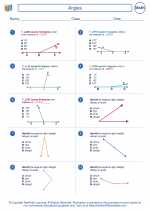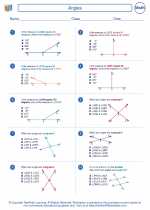Atmospheric Pressure
Atmospheric pressure is the force per unit area exerted on a surface by the weight of the air above that surface in the Earth's atmosphere. It is commonly measured in units called "atmospheres" (atm), where 1 atm is equivalent to the average pressure at sea level at a temperature of 15°C.
Factors Affecting Atmospheric Pressure
- Altitude: As altitude increases, the atmospheric pressure decreases. This is because there is less air above the surface exerting a force.
- Temperature: Higher temperatures can cause the air to expand, leading to lower pressure. Conversely, lower temperatures can cause the air to contract, leading to higher pressure.
- Weather Systems: High-pressure systems are associated with clear skies and calm weather, while low-pressure systems are associated with cloudy, stormy weather.
Units of Atmospheric Pressure
Aside from atmospheres, atmospheric pressure can also be measured in other units such as Pascals (Pa), millimeters of mercury (mmHg), and pounds per square inch (psi).
Applications
Understanding atmospheric pressure is crucial in various fields, including meteorology, aviation, scuba diving, and the design of engineering structures such as high-rise buildings and bridges.
Study Guide
Here are some key points to remember when studying atmospheric pressure:
- Understand the concept of pressure and how it is measured.
- Be able to explain how altitude and temperature affect atmospheric pressure.
- Learn how to convert between different units of atmospheric pressure.
- Explore real-world applications of atmospheric pressure in different fields.
Remember to practice solving problems related to atmospheric pressure to solidify your understanding of the topic.
Good luck with your studies!
.◂Math Worksheets and Study Guides Fifth Grade. Angles

 Worksheet/Answer key
Worksheet/Answer key
 Worksheet/Answer key
Worksheet/Answer key
 Worksheet/Answer key
Worksheet/Answer key
 Worksheet/Answer key
Worksheet/Answer key
 Worksheet/Answer key
Worksheet/Answer key
 Worksheet/Answer key
Worksheet/Answer key
 Worksheet/Answer key
Worksheet/Answer key
 Worksheet/Answer key
Worksheet/Answer key
 Worksheet/Answer key
Worksheet/Answer key
 Worksheet/Answer key
Worksheet/Answer key
